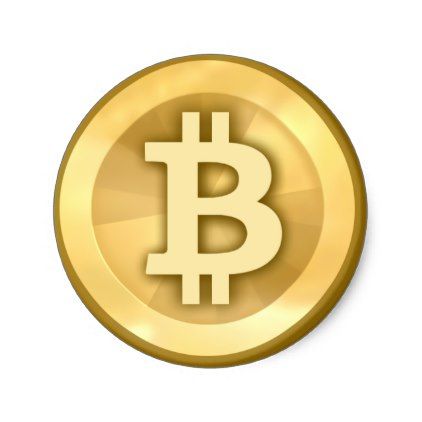Everything you have to know about Bitcoin mining
This proof of work is verified by other Bitcoin nodes each time they receive a block. Most miners are utilizing this hardware to first mine sprint coins which they later convert into Bitcoins and make large earnings within the course of. The Antminer D3 offers a hash fee of 15 GH/s and uses up about 1200 Watts. The extra powerful the hardware you utilize is the electrical energy you should anticipate to devour. As such, earlier than you buy any mining hardware, you must contemplate electrical energy consumption ranking in watts.

Today, software-particular integrated circuits (ASIC) are being used. Programmer language aside, all this implies is that the hardware is designed for one particular task—in this case mining.
Image courtesy of Blockchain.info.BTC.com is owned by Bitmain, an organization that manufacturers mining hardware, and charges a 1.5 % charges — putting it squarely in the center-tier by way of fees. Pools primarily allow smaller miners to compete with massive private mining organizations by making certain that the collective hash fee is high sufficient to successfully mine blocks on regular foundation.
How much does a bitcoin mining rig cost?
This may even affect the availability of new coins that can come into circulation. Bitcoin mining is deliberately designed to be useful resource-intensive and troublesome in order that the number of blocks found each day by miners stays steady. Individual blocks should include a proof of labor to be thought-about legitimate.
How much do Bitcoin miners make?
If a pool contributing a complete of 20 TH/s of hash rate successfully mines the subsequent block, a person responsible for 10 p.c of this hash fee will receive 10 percent of the 12.5 BTC reward. The inability of older miners with outdated equipment to generate income will lead the trade towards further consolidation so as to remain profitable.
Knowing this will allow you to work out the prices of energy consumed by the unit. It will help you decide the viability of Bitcoin mining using the said hardware. If your calculations assess the revenue of mining BTC to be lower than that of the next energy bills, then the venture isn’t worthwhile. In Bitcoin mining, what you’ll be in search of is a selected answer.
Proof of this comes as currently smaller independent miners are accountable for less than 20 p.c of the Bitcoin mining market. The upcoming halving occasion will see block rewards for Bitcoin miners decreased from 12.5 BTC for every block mined to 6.25 BTC after the halving, that means 50% fewer bitcoins might be generated each 10 minutes.
Without working through a mining pool, many miners would be unlikely to discover any blocks at all — as a result of only contributing a tiny fraction of the overall Bitcoin hash fee. Typically, these mining swimming pools will distribute block rewards to contributing miners primarily based on the proportion of the hash fee they provide.
